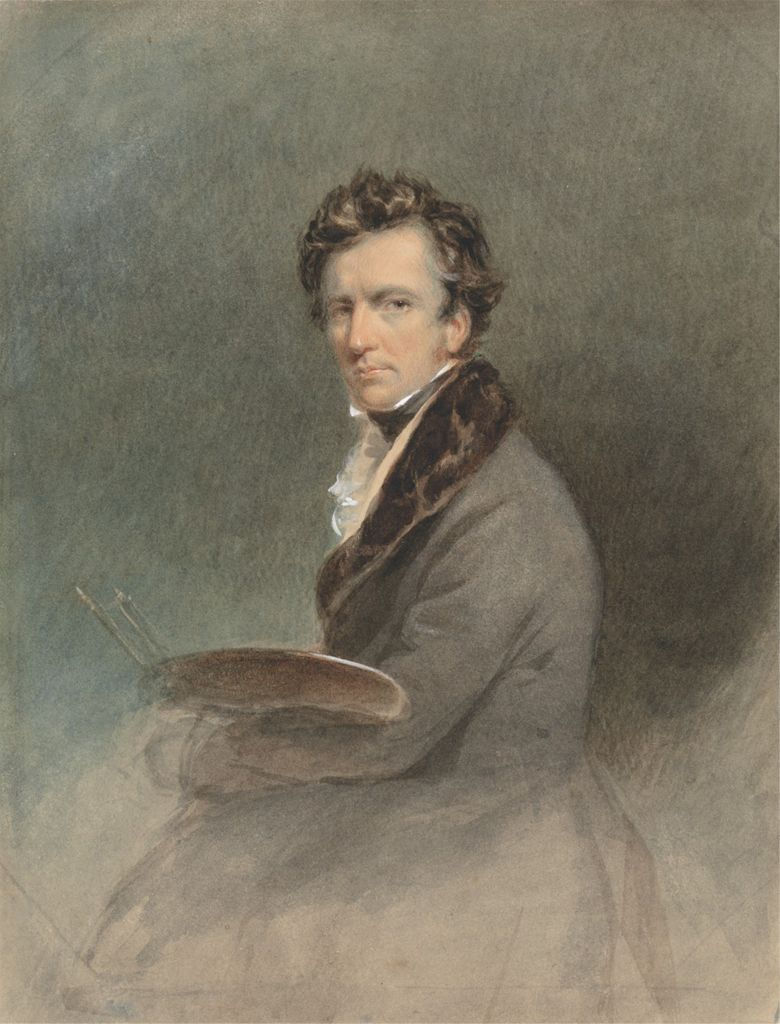Elizabeth Montagu, 'Queen of the Bluestockings' in York
- yorkgeorgians
- Oct 2, 2023
- 3 min read
In celebration of Elizabeth Montagu's 305th birthday, we are thrilled that our guest blogger, Charlotte Emily Crawshaw, Research Assistant on the Elizabeth Montagu Correspondence Online project, has written a post on Montagu's connections to York.

John Raphael Smith, after Sir Joshua Reynolds, 'Elizabeth Montagu (née Robinson)' (1775) © National Portrait Gallery, London
Elizabeth Robinson (later, Montagu) was a self-proclaimed ‘Critick, a Coal Owner, a Land Steward, a Sociable Creature’, born in Treasurer’s House, York, on 2nd October 1718.
As explored by Rhiannon Parker-Nicholls in her Elizabeth Montagu Yorkshire Mapping Project, Treasurer’s House was originally in two parts. In 1717, Elizabeth Robinson Montagu’s parents, Matthew and Elizabeth Robinson, became tenants of the house under the owner at the time – Miss Jane Squire. From 1720 to 1736 the house was partially owned by the Robinson family after it was purchased from Jane Squire.[1]

Treasurer's House in York today, now in care of the National Trust.
This tie to York remained with Elizabeth Robinson Montagu throughout her life. Despite living and conducting most of her work and social life in London, she remained connected to the city where she was born. Her family had lived in Yorkshire since at least the seventeenth century, while Montagu’s husband, Edward Montagu, owned various estates around the county – which she became the owner of after his death in 1775.
" [I] shall be glad to hear your Lordship & Mr Lyttelton like York, to which perhaps I am partial as to the place of my nativity"
She had a strong emotional connection to her birthplace too. In a letter to George Lyttelton, 1st Baron Lyttelton, dated 6th August 1758, she writes how she ‘shall be glad to hear your Lordship & Mr Lyttelton like York, to which perhaps I am partial as to the place of my nativity’. In the same letter she discusses the Cathedral and Metropolitical Church of Saint Peter, more commonly known as York Minster, and describes its immense beauty, stating ‘I have not seen any building of that kind so noble […] greatness is the first merit in this species of Architecture’.[2] It’s clear from Montagu’s own correspondence that she retained a fondness for the city, despite no longer living there. She will have, as many of us who have visited York have done, stood and looked in wonder at the ‘noble […] species of Architecture’ that is York Minster.

York Minster. Photograph by the author.
"I have not seen any building of that kind so noble […] greatness is the first merit in this species of Architecture"
York Minster was not the only famous landmark in York that Montagu was familiar with, however. In a letter dated 7th July 1765 to her brother Morris Robinson, Montagu discusses The Shambles. At this point, the Shambles was occupied by various butchers’ slaughterhouses – her brother Matthew Robinson Morris followed an unconventional diet of supposedly raw meat, and the Shambles was the place to go for this. When tasking her brother Matthew with aiding a woman in need, she informs Morris: ‘I must not tell him she wants bread, for that he will think superfluous, but if I tell him she cannot get a bit of raw meat from the Shambles he will perhaps kindly assist her’.[3] It is certainly interesting to think that despite no longer living in the city, Montagu retained her connection and knowledge of the on-goings, such as shops and social activities. In a letter dated 1741 to Margaret Cavendish, Duchess of Portland, Montagu discusses her social calendar, noting that she was about to leave for Canterbury Races and that ‘next Summer it seems I am to go to York Races’. [4]
Montagu’s connection to York remained, despite not residing there for much of her life. Her memory has been immortalised by the York Civic Trust’s blue plaque which was erected at her family home, Treasurer’s House, in 2019. Both throughout her life and posthumously, Elizabeth Robinson Montagu remained connected to and fascinated by the city of York. The blue plaque serves as a testament to her achievements and her ongoing connection to her birthplace.

York Civic Trust's blue plaque for Montagu, outside Treasurer's House. Photograph by the author.
NOTES




Comments